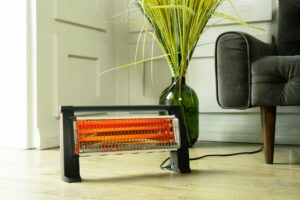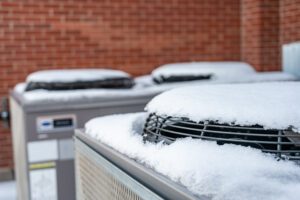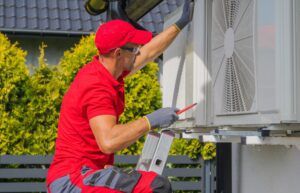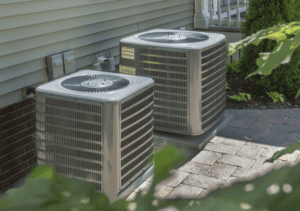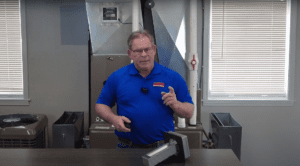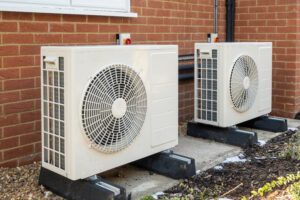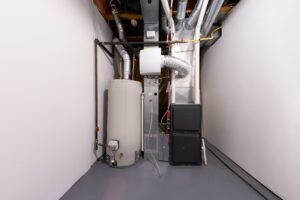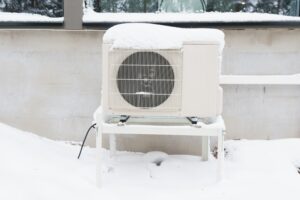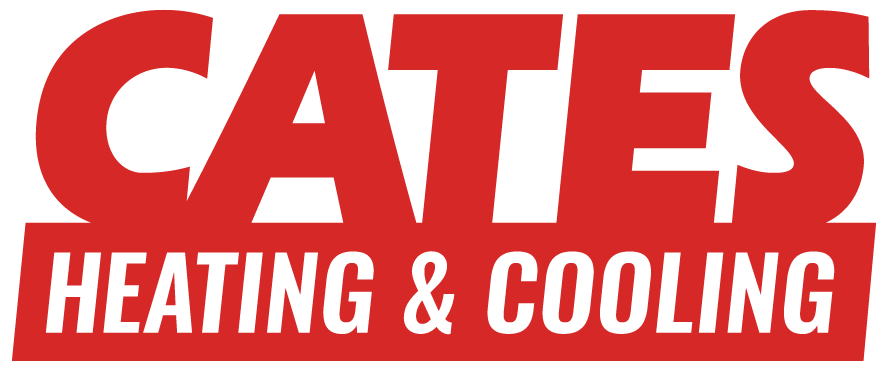At Cates Heating and Cooling, we don’t want our customers to spend money on unnecessary service calls. We know that there are times when something isn’t working quite right with your air conditioner, but a professional isn’t needed. During these times, we recommend that you try to troubleshoot the problem before you call out a technician for more help. Here are a few things that you can try before you call out an HVAC technician for AC repairs.
1. CHECK THE THERMOSTAT
The first thing you should always do when you notice poor air flow or cooling problems is to check the thermostat. If the batteries in your thermostat need to be replaced, the thermostat can’t send critical cooling information to the AC unit, and the unit won’t start running.
There are other problems that can be fixed by simply checking the thermostat. For example, you may not realize that the thermostat isn’t actually set to the temperature that you want in your home. Make sure that the thermostat is set to the cooling function at a temperature that will kick the air conditioning on. If you still don’t feel cool air, you might have another issue on your hands.
Electromechanical thermostats can also stop working if they are dirty. This means that you will need to clean the thermostat to see if dust and dirt are causing cooling problems in your home. To do this, you need to open the thermostat and dust it with a soft paintbrush.
False readings can also occur in homes where the thermostat is located in a place that is often cooler than the rest of the home. For example, if your thermostat is located in the basement, it could be reading as much cooler than the rest of your home, which will prevent the AC from turning on and cooling your house.
2. CHECK THE FILTER
When the thermostat appears to be working properly, your next step is to check out the filter. A dirty filter can cause problems with air flow, inadequate cooling, and even prevent the AC from turning on altogether. Check your filter by following these steps:
- Turn off the air conditioning unit and thermostat.
- Take the filter out of the AC unit. Hold the filter up to the light to see if light passes through the filter easily. You’ll know if you need to clean or replace the filter if you can’t see the light shining through.
- Place a new filter in the air conditioning unit by following the direction of the arrows on the filter.
- Make sure the access panel is back in place and turn the air conditioner and thermostat back on.
Check your filter once a month to ensure that you’re not using a dirty air filter in your AC system. You can keep back-up filters on-hand to make sure that you are never without a clean filter.
3. CHECK THE AC CIRCUIT BREAKERS
Is your air conditioner not turning on? Another thing you should check is the air circuit breakers. These breakers are housed in the main electrical panel of your home. In many homes, circuit breakers are labeled, so look for any AC breakers that are in the off position and flip them back on.
You can now try running the air conditioning again. However, if the breakers are immediately tripped again, don’t try to flip them back on. Instead, contact an HVAC professional to look at your system, as this is usually a sign of an electrical problem.
4. CHECK THE OUTDOOR UNIT
Since your AC’s outdoor unit is constantly subjected to the elements, it can get very dirty. A dirty outdoor air conditioning unit can cause a variety of problems including:
- Inadequate cooling
- Warm air coming from vents
- High energy bills
- Frequent repairs
Before calling an HVAC professional, make sure your outdoor unit is cleaned off. You may need to use a hose to gently get all of the dirt off the unit. If you see leaves and other debris caught in the unit, you will want to remove all of that as well. A really dirty unit might need a little more TLC in the form of a deep clean performed by a professional.
Also, remember to keep any shrubbery around the outdoor unit trimmed back. Plants can block airflow, so make sure that there is at least two to three feet of space around the compressor unit and another five feet of space between the top of the unit and any trees that may hang down nearby.
5. CHECK ALL THE AIR VENTS
Blocked and closed up air vents can lead to issues such as:
- Ice on the refrigerant lines
- Frozen evaporator coil
- Air conditioner not cooling your home
- Water leaking from the unit
- Damaged compressor
- Increased duct leakage
- Blower motor problems
To make sure that all of your vents are open and the air is moving through them freely, walk through your home and check all return and supply vents. Make sure you check all of the vents—even those that are located in unused rooms. Remember to check under furniture, rugs, and drapes to make sure that none of the vents are covered.
While all of these troubleshooting issues can prevent you from unnecessarily spending money on a service call, if you are in need of professional HVAC services, don’t hesitate to call Cates Heating and Cooling at 816-944-1844. We are proud to service HVAC units in homes all around the Kansas City Metro Area.


